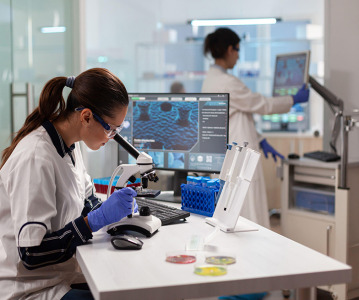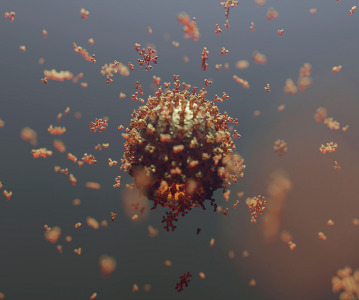Publication Shows use of Morphologi G3-ID for Component-Specific Particle Characterisation of Pharmaceutical Cream
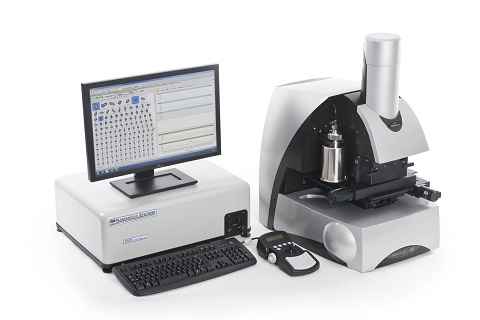
The application of morphologically directed Raman spectroscopy to charactersing the component-specific particulate properties of the active components in a topical pharmaceutical cream is described in an application note from Malvern Instruments.
Although it is relatively straightforward to determine the particle size distributions of the individual components of a drug formulation before they are formulated as a blend, doing so post-blending is more challenging. Now, the Morphologi G3-ID, which combines automated image analysis with Raman spectroscopy in a single instrument, enables component-specific particle size and shape distributions to be obtained from a blend. The results of this analysis can provide information about the homogeneity and potency of individual components. Such insight is helpful in improving product understanding and can be applied from a regulatory perspective right through to troubleshooting and optimising manufacturing processes.
‘Component specific particle characterisation of active component(s) in topical cream products’ is freely downloadable from the Malvern website. It details the analysis of a commercially available topical cream containing two active ingredients. These two morphologically similar actives could not be differentiated by image analysis alone, however the combination of image analysis with Raman spectroscopy allowed the unambiguous determination of particle size distribution for each component. To download the application note, click here.
The Morphologi G3-ID provides size, shape and chemical analysis information for particles in the size range 0.5–1000 µm for a variety of sample types, including dry powders, liquids and creams. It operates by scanning a particle dispersion and using advanced optics to capture images of individual particles. The system then automatically selects particles within the dispersion and collects a Raman spectrum from each one, allowing them to be classified and grouped in terms of discrete component populations. Designed for operational ease of use, the fully automated instrument enables particle characterization scientists with even limited spectroscopic experience to gain an in-depth understanding of their particulate samples.
Related News
-
News Eli Lilly gets ready to launch five new drugs in 2023
Eli Lilly, the American pharmaceutical company (IN, USA) are gearing up for a big year ahead, with hopes to launch five new drugs and capitalise on growing obesity and Alzheimer’s disease markets. -
News Amgen buys Horizon for $27.8 billion in bold step into the rare disease market
Amgen Inc buys pharmaceutical company Horizon Therapeutics in a multibillion-dollar deal, in hopes to capitalise on it's portfolio of drugs in the highly sort after rare disease market. -
News Pharma Supply Chain People Moves
The latest appointments and promotions across the pharmaceutical supply chain. -
News Merck to donate new Ebola vaccine to defend against outbreaks in Uganda
Pharmaceutical giant Merck has announced they will be speeding up the processing of a new vaccine against the latest strain of the Ebola virus, to be donated to a global non-profit organisation for distribution -
News CPHI Podcast Series: Driving innovation with pharmaceutical startups
The latest episode in the CPHI Podcast Series explores how startups are driving innovation by taking high-risk approaches and doing business with greater agility. -
News Greener and efficient processes: Quaternary Ammonium Salts
Quaternary Ammonium Salts play a crucial part in Organic Chemistry processes at many major industries. Discover why.
-
News Biosimilars save patients $11B annually, but barriers to adoption remain in US market
Biosimilars introduce competition into the biologics market, driving down prices and increasing patient access. -
News WHO recommends use of two monoclonal antibody treatments against Ebola
The health body recommended use of treatments by Regeneron and Ridgeback Bio
Position your company at the heart of the global Pharma industry with a CPHI Online membership
-
Your products and solutions visible to thousands of visitors within the largest Pharma marketplace
-
Generate high-quality, engaged leads for your business, all year round
-
Promote your business as the industry’s thought-leader by hosting your reports, brochures and videos within your profile
-
Your company’s profile boosted at all participating CPHI events
-
An easy-to-use platform with a detailed dashboard showing your leads and performance

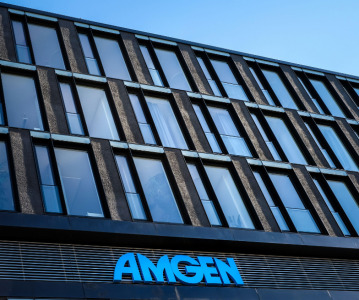

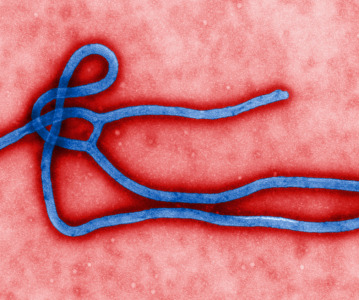
.png)

